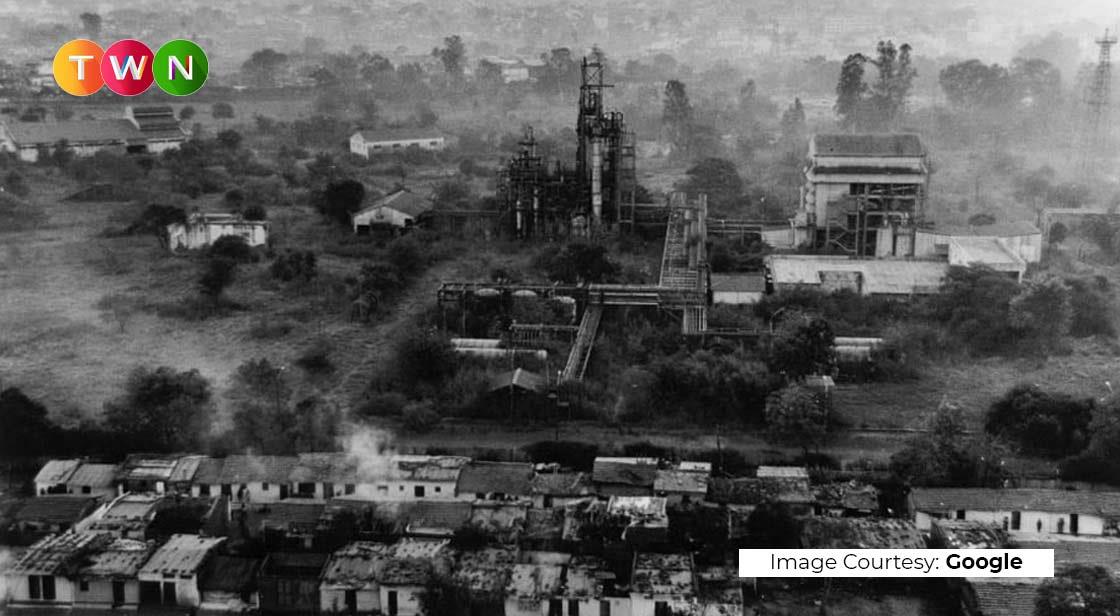A walk through Tragic History

Blog Post
This article gives an insight into the infamous Bhopal gas tragedy! It happened on December 2nd, 1984, which is why this date is observed as National Pollution Control Day, and spreads awareness regarding pollution and the hazardous threat it poses to the living! #ThinkWithNiche
By the time you have finished reading this article, you will ask yourself what could be done to prevent disasters from happening in the future, and if you come up with a plan, congratulations! You’ve come one step closer to being the individual this world needs.
National Pollution Control Day is observed every year since the catastrophic event which led to the Bhopal Gas Tragedy (The Bhopal Disaster). In the darkness and calm of the night of 2nd December, a disaster was waiting to occur. A tank filled with a hazardous chemical called methyl isocyanate (MIC) blew up due to a chemical reaction. This particular chemical is used in manufacturing pesticides. On reacting with water, it produced gas which is known to be the most toxic isocyanate in the entire isocyanate family.
Why is MIC so lethal?
Unlike other gases, MIC is heavier than the normal air we breathe. Due to this property, this gas settles down and is taken up by various life forms. After entering the body system, it can cause havoc on the body and causes death. Can you guess how much MIC was released that day? Approximately 30-40 metric tonnes of the gas was released while 0.4 ppm of the gas is enough toxic for a human to produce a negative impact on the body.
How did the leak happen?
Out of the three tanks, one tank was overfilled with liquid MIC. Inert nitrogen was used to flush out the MIC but somehow it couldn’t due to loss in pressure of the tank. This made water flow back into the tank and around 42 tonnes of MIC reacted with it resulting in the formation of gas. As told earlier, gas couldn’t escape the atmosphere due to its heaviness. This resulted in the loss of lives and permanent damage to every life form in the city.
What followed after the leak?
Almost 2,259 people lost their lives immediately and around 15,000 people died soon after. Doctors worked day-night even though no cure was available for it at that time. Many animals were found dead in the streets. The bodies were all bloated and the cremation or dumping grounds were not enough to keep all the bodies. People were showing signs of discomfort and were dying all over the place.
A helping hand...
After the events of the Bhopal disaster, the Indian government took no time in introducing the Bhopal gas leak act in the year 1985 to help the victims in legal proceedings. Our government turned down the sum of 5 million dollars by the accused company (Union Carbide) and later settled for the total sum of 470 million dollars as the compensation price for the suffered people.
To remember our fallen civilians who had no idea what hit them on the soothing yet fearful night of 2nd December 1984, we observe this day as National Pollution Control Day. This disaster opened our eyes to treat our mother nature with respect. One industry that makes pesticides that affected the land was the same one to take the lives of those who worked for it and around it.
You May Like
EDITOR’S CHOICE












